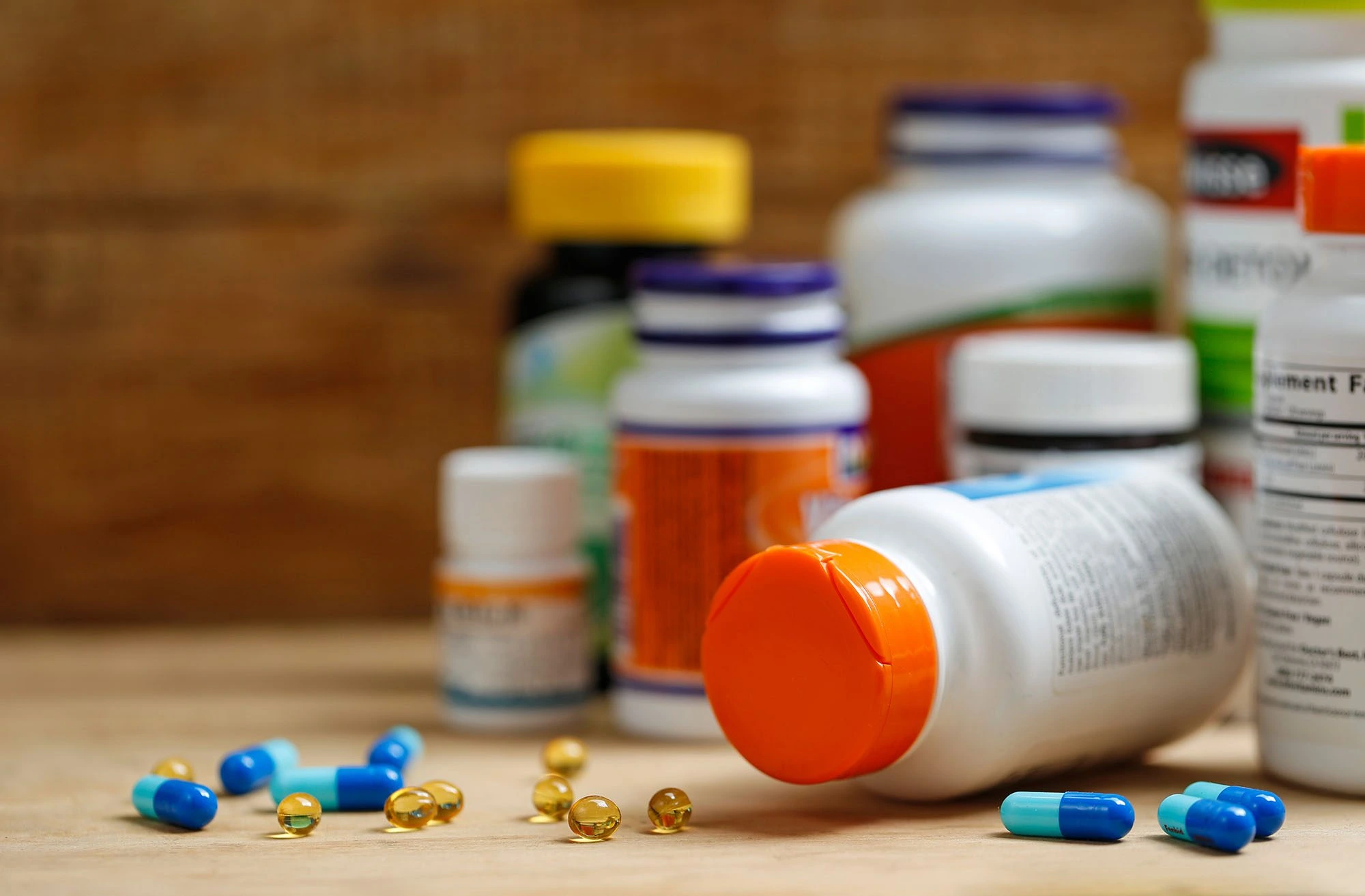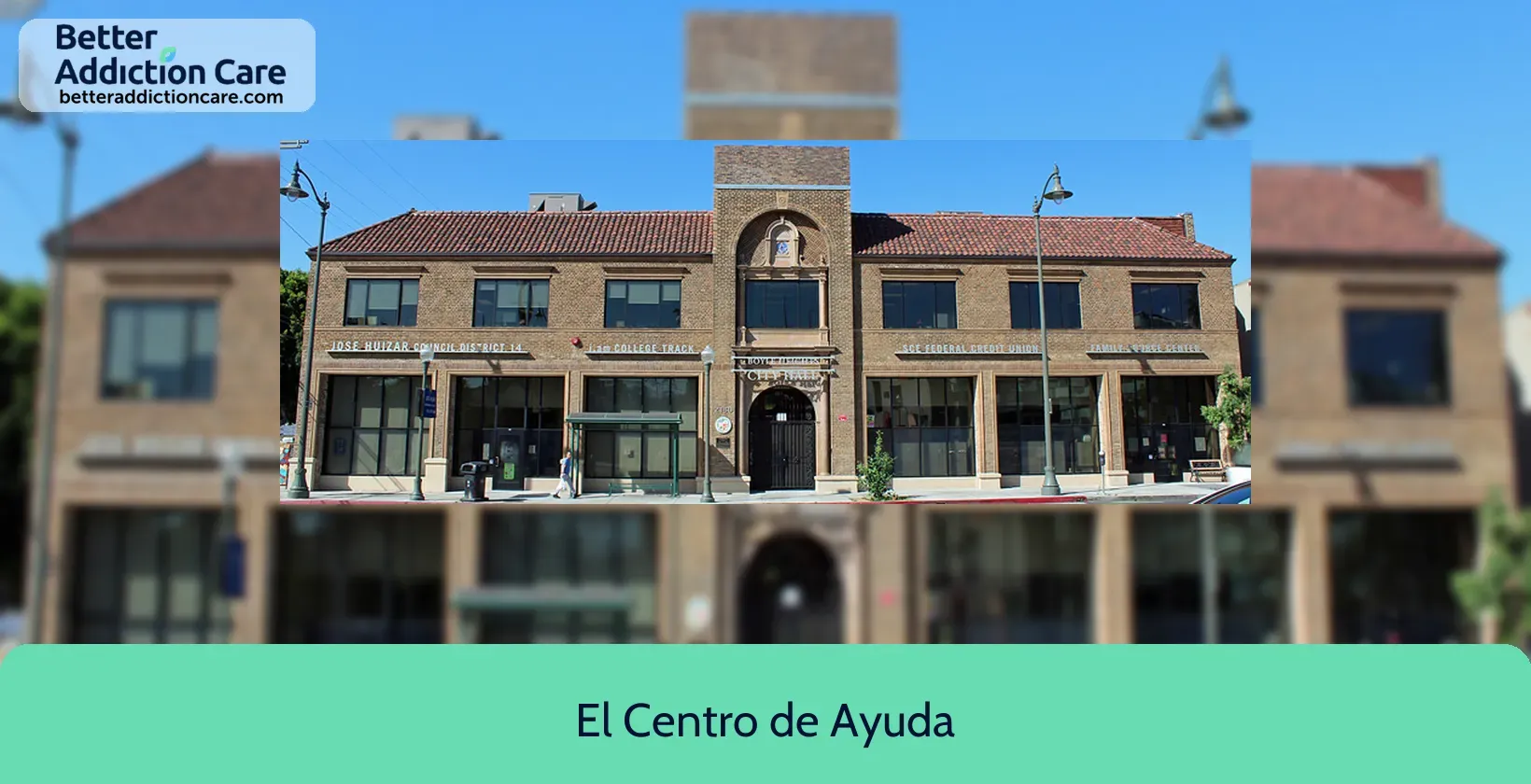What is Polysubstance Abuse: Definition, Symptoms, Diagnosis, and Treatment

A 2020 study claimed that people diagnosed with substance abuse are likely to be dependent also on additional substances. This dismally concerning phenomenon is known as polysubstance abuse.
According to the CDC, over 50% of drug overdose deaths in the US are due to polysubstance abuse, and it’s indeed alarming. If consumption of one class of substance risks one’s physical and mental health, what more can a mixture of these substances do?
This article hopes to shed awareness about polysubstance abuse definition as well as determine its symptoms, diagnosis, and treatment.
What is Polysubstance Abuse?
The Center for Disease Control and Prevention provided a medical definition of polysubstance abuse. Polysubstance abuse is the use of two or more mixed drugs or substances at the same time.
Polysubstance abuse can be intentional when a person simultaneously takes multiple drugs in hopes of enhancing (or reducing) the substance effect. But it can also be unintentional if the person unknowingly consumes mixed drugs, alcohol, or other substances.
The CDC strongly warns against polysubstance use as the strength of combined drugs typically brings adverse health effects. For instance, mixed stimulants may increase the risk of brain injury, heart attack, or liver damage.
The harmful impact of polysubstance use is also present in prescription drugs. Hence, never mix prescription pills without direct instruction from your physician.
Polysubstance Abuse vs. Polysubstance Dependence
Repeated consumption of multiple substances can lead to polysubstance dependence. A person with polysubstance dependence has their body adapted and accustomed to the simultaneous use of mixed substances, altering their neurological structure and function.
Therefore, the difference between polysubstance abuse and polysubstance dependence is clear. The latter is just the intentional or unintentional use of polysubstance, while the former refers to the addictive use of mixed substances to the point that the body becomes non-functional without consuming them.
Dangers of Polysubstance Abuse
Simultaneous consumption of combinations of prescription or illicit drugs is deemed harmful by health professionals because of their negative impacts, such as:
-
Medical Problems: Polysubstance abuse increases the risk of chronic diseases like cardiovascular and respiratory disorders, Hepatitis, seizures, stroke, and brain damage.
-
Reduced Learning Ability: A study in 2020 showed that students with higher polysubstance scores (use of multiple substances) lead to poorer academic performance.
-
Impairment of Neurophysical Functioning: Scientific literature argued that chronic polysubstance users tend to have widespread impairment in neurophysical measures of working memory, reasoning, fluency, and decision-making.
-
Worsening of mental health disorder: Polysubstance abuse can worsen symptoms of mental health disorders like depression.
Single Substance Abuse vs Polysubstance Abuse
A literature review from a 2022 study claimed that polysubstance abuse is linked to more hazardous substance abuse behavior like overdosing, addiction, self-destructive tendencies, cognitive dysfunctions, and depressive symptoms compared to single substance use.
The study also posited that substance use by peers tends to be more associated with polysubstance abuse compared to single substance use.
What are the Signs and Symptoms of Polysubstance Abuse?
Here are some tell-tale signs that a person might be under the influence of polysubstance abuse:
-
Mood swings, increased irritability, and extreme anxiety
-
Visual signs of intoxication like slurred speech, droopy eyelids, sweating, a flushed face, etc
-
Strong urge for social isolation and secrecy
-
Debilitating relationships with family, colleagues, romantic partners, friends, etc.
-
Neglect of school, work, or family responsibilities
-
Strong desire to consume larger amounts of mixed substances
-
Frequent visitation to doctors for prescription drugs
Determining if a person has a polysubstance addiction is not straightforward as the signs appear similar to single substance use. Still, if you notice any of the signs mentioned above and symptoms in your family or friend, it’s important to encourage them to make a proper medical diagnosis to treat their polysubstance abuse immediately.
Common Substances Involved in Polysubstance Abuse
According to the American Addiction Centers, these are some of the common substances mixed by people suffering from polysubstance abuse.
-
Alcohol and Cocaine: Cocaine can inhibit someone’s perception of alcohol effects. Thus, consuming cocaine while drinking leads to larger consumption of alcohol, increasing the risk of cardiovascular disorders.
-
Alcohol and Cannabis: Mixing weed and alcohol intensifies the effects of THC, leading to impaired coordination and heightened depressive effects.
-
Opioids and benzodiazepines: The combination of these depressants significantly restricts the brain's oxygen supply due to suppressed breathing. There are also claims of impaired cognitive functions due to overdosing.
-
Klonopin and Xanax: People mix these drugs for stronger effects in hopes of alleviating tension. Overdosing is a primary risk from the mixture, which may lead to respiratory depression, gastrointestinal issues, and death.
-
Opioids and Cocaine: The contrasting stimulant effect of cocaine and the depressant effect of opioids can mess up one’s central nervous system, leading to complications.
Most of the time, people mix substances to experience more intense effects, satisfying their cravings. Continuous use of these combinations tends to higher dosage use, leading to addiction.
How to Diagnose Polysubstance Abuse?
Medical professionals currently don’t use the term “polysubstance abuse” to formally refer to the condition. The latest DSM-5 and ICD codes refer to this condition using more technical and specific terminology.
Diagnosing Polysubstance Abuse under DSM-5
Mental health professionals use the latest Diagnostic and Statistical Manual of Mental Disorders (DSM-5) to make diagnoses of addiction-related mental disorders. DSM is primarily used for academic and scientific settings.
The previous version, which is the DSM-4, includes polysubstance dependence as a diagnosis of its own.
However, health professionals found that lumping all types of co-occurring substance dependence into one category is ineffective and ambiguous. For example, a person with co-occurring alcohol dependence and cannabis dependence is just diagnosed with “polysubstance dependence” under DSM-4. Still, this term just conceals the actual substances abused by the individual.
In other words, diagnosing someone using the umbrella term “polysubstance abuse” is not helpful since it provides no information about what exactly the substances the person is abusing. It only tells us that the person abuses more than one substance. The vagueness of this diagnosis can make it difficult for specialists to provide appropriate treatment approaches to patients.
Thus, the latest DSM-5-TR (Fifth Edition, Text Revision) eliminated polysubstance dependence as a disorder of its own. Instead, the DSM-5 uses Substance Use Disorder as a more “precise” condition for an individual with co-occurring substance dependence. SUD acts as a “spectrum” that lets health professionals break down every substance abused and give them their diagnosis.
In short, a person under polysubstance abuse will now be diagnosed with Substance Use Disorder under the DSM-5-TR. Instead of using the broader term “polysubstance dependence,” the doctor will specify the co-occurring substance use disorders the person has.
Medical professionals use sophisticated criteria to diagnose SUD (or polysubstance abuse) under DSM-5, but it all boils down to four major aspects:
-
Physical dependence - the person experiences apparent changes in physical appearance due to substance abuse.
-
Risky use of substances - the person acquires and uses the substances despite knowing the potential consequences.
-
Social problems due to consumption - the person becomes more isolated from his family and friends and neglects his responsibilities.
-
Impaired control - the person is struggling to perform various tasks involving muscle coordination
Polysubstance Abuse ICD-10 Diagnosis
International Classification of Diseases (ICD) codes are used to diagnose illnesses for clinical purposes.
These ICD codes for polysubstance abuse are used for more specific description of the condition:
-
F19.10: Polysubstance Abuse, use unspecified
-
F19.20: Polysubstance Abuse, dependence
-
F19.21: Polysubstance Abuse, in remission
-
F19.24: Polysubstance Abuse, with withdrawal
-
F19.929: Polysubstance Abuse, with intoxication
-
F19.939: Polysubstance Abuse, with intoxication delirium
How to Treat Polysubstance Abuse?
It’s never too late to help people battling polysubstance abuse and addiction. Hope comes from the support of family, friends, and healthcare professionals who are committed to transforming the lives of people suffering from this condition. We should assure them that it’s possible to return to normal with the help of specialized treatment.
As with other substance abuse disorders, treating polysubstance abuse requires an intensive recovery program supervised by a medical expert.
Detoxification as Start of Polysubstance Abuse Treatment
Removal of toxic substances from the human body starts the treatment for polysubstance abuse. The withdrawal process will be complicated, and the medical person in charge may administer the patient with long-term maintenance medication to assist in the withdrawal from the use of illicit drugs.
During the treatment process, expect that the patient may experience intense withdrawal symptoms as the person’s body and brain have to adjust to the gradual changes in the levels of chemicals in their system. Some common withdrawal symptoms include mood changes, seizures, hallucinations, tremors, nausea, and fatigue.
However, the symptoms may be less severe depending on the substance. For instance, cocaine withdrawal is typically less intense than other substances. But expect that withdrawal from polysubstance abuse is more complex and unpredictable because of multiple substances interacting, so constant medical attention and monitoring must be given to the patient.
Psychotherapy Treatment for Polysubstance Abuse
Detox isn’t enough to completely get rid of polysubstance abuse from someone’s system. Detox is just for the “physical” aspect, but the condition is more of a psychological and behavioral one. Therefore, therapy is crucial to help patients address and change their addictive behavior and avoid the likelihood of relapse to drug use.
Cognitive Behavior Therapy
CBT is a well-known addiction treatment approach. This therapy helps patients gain awareness of their thoughts that lead them to addictive behaviors.
The therapists might ask the patient to keep a journal where they write their life events and their respective reactions, allowing them to break down hazardous thoughts that keep them in a negative cycle of polysubstance abuse. During the sessions, the therapist will guide how to shift these destructive thoughts to positive ones, helping the patient end their addiction.
Customized Psychotherapy Program
People dealing with polysubstance abuse have different experiences and personalities, and there’s no single “by-the-books” psychotherapy program that fits everyone with this condition. Therefore, psychotherapy sessions are typically structured based on the needs and comfort of the patient.
Some patients may benefit from individual psychotherapy sessions, while some might positively respond to group therapy or peer-support groups. Some therapists provide a holistic approach to treating the condition, focusing not only on the psychological aspect of the patient but also on his nutritional, emotional, and spiritual well-being.
There are more psychotherapy approaches out there, but all of them boil down to the identification of triggering thought patterns that lead to polysubstance abuse and properly addressing them.
Final Thoughts: The Polysubstance Abuse Definition Everyone Must Know
Polysubstance abuse is a dangerous condition that can put victims at severe physical and mental risks. Whether intentional or not, consumption of mixed prescription or illegal drugs is strongly discouraged, as its effect is unpredictable and may lead to permanent health complications, or worse, death.
Getting help for polysubstance abuse is one call away. Call 911 in case of emergency for immediate medical attention and connect with Better Addiction Care to help you find treatment specialists near you.
Resources
Treatment Centers in California
 123
123
 123
123
